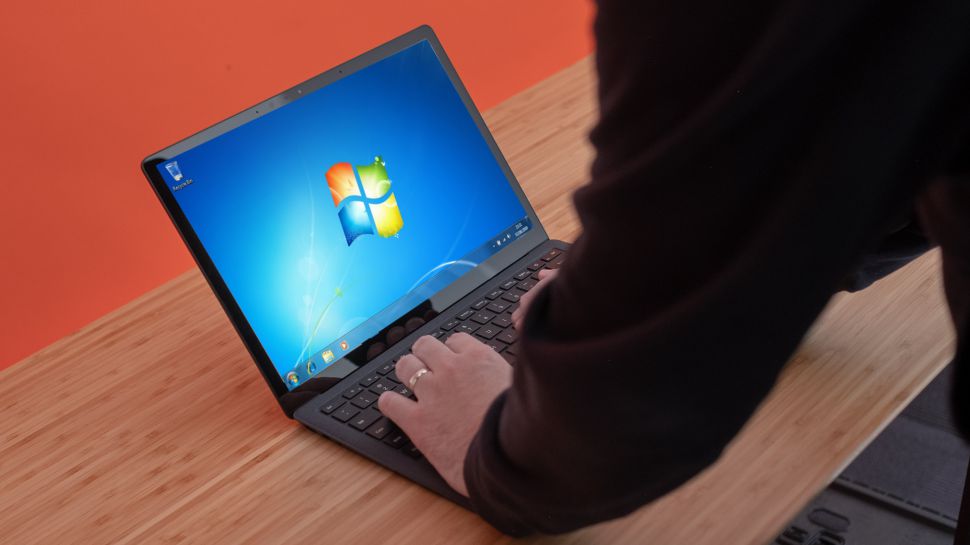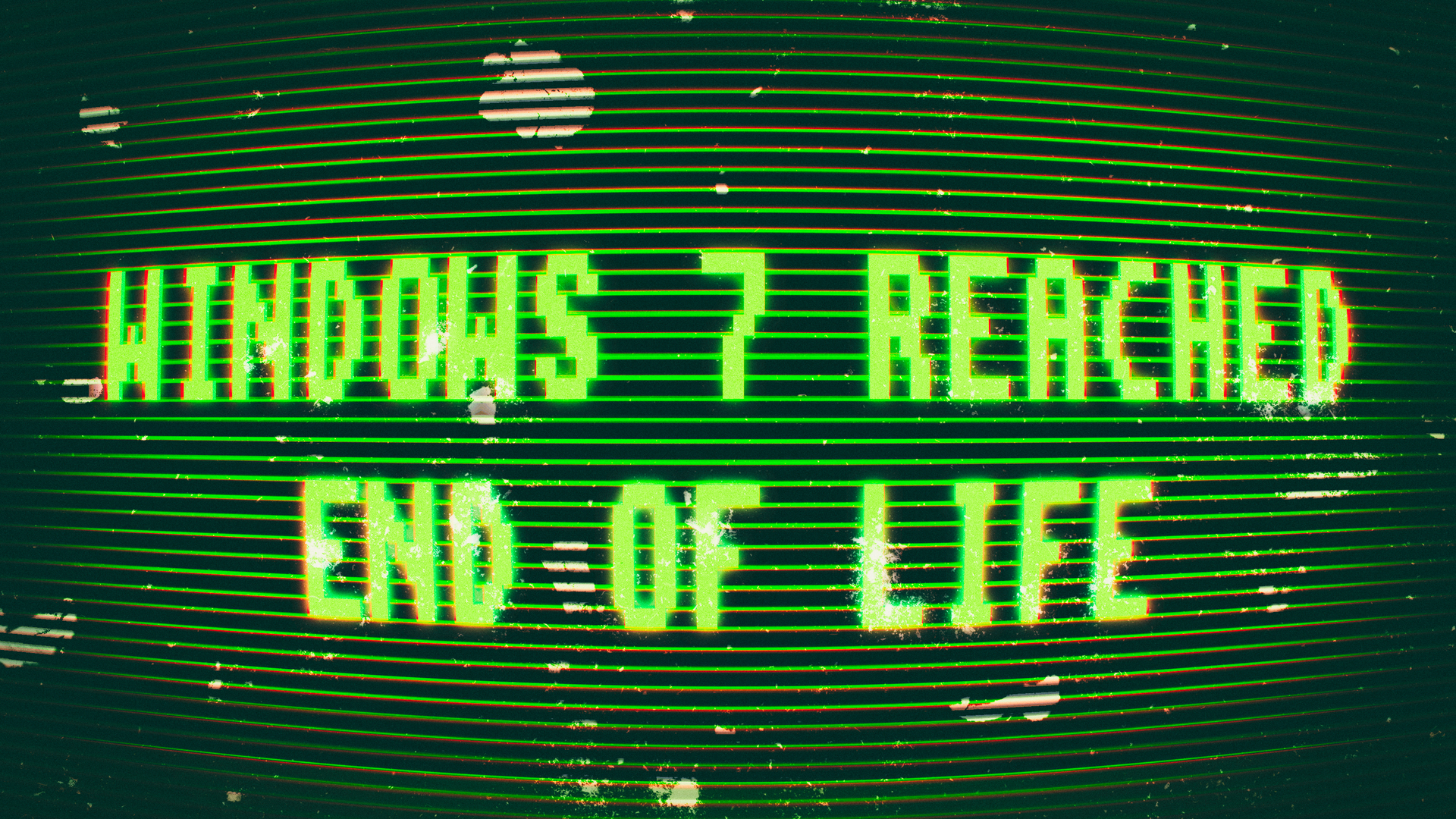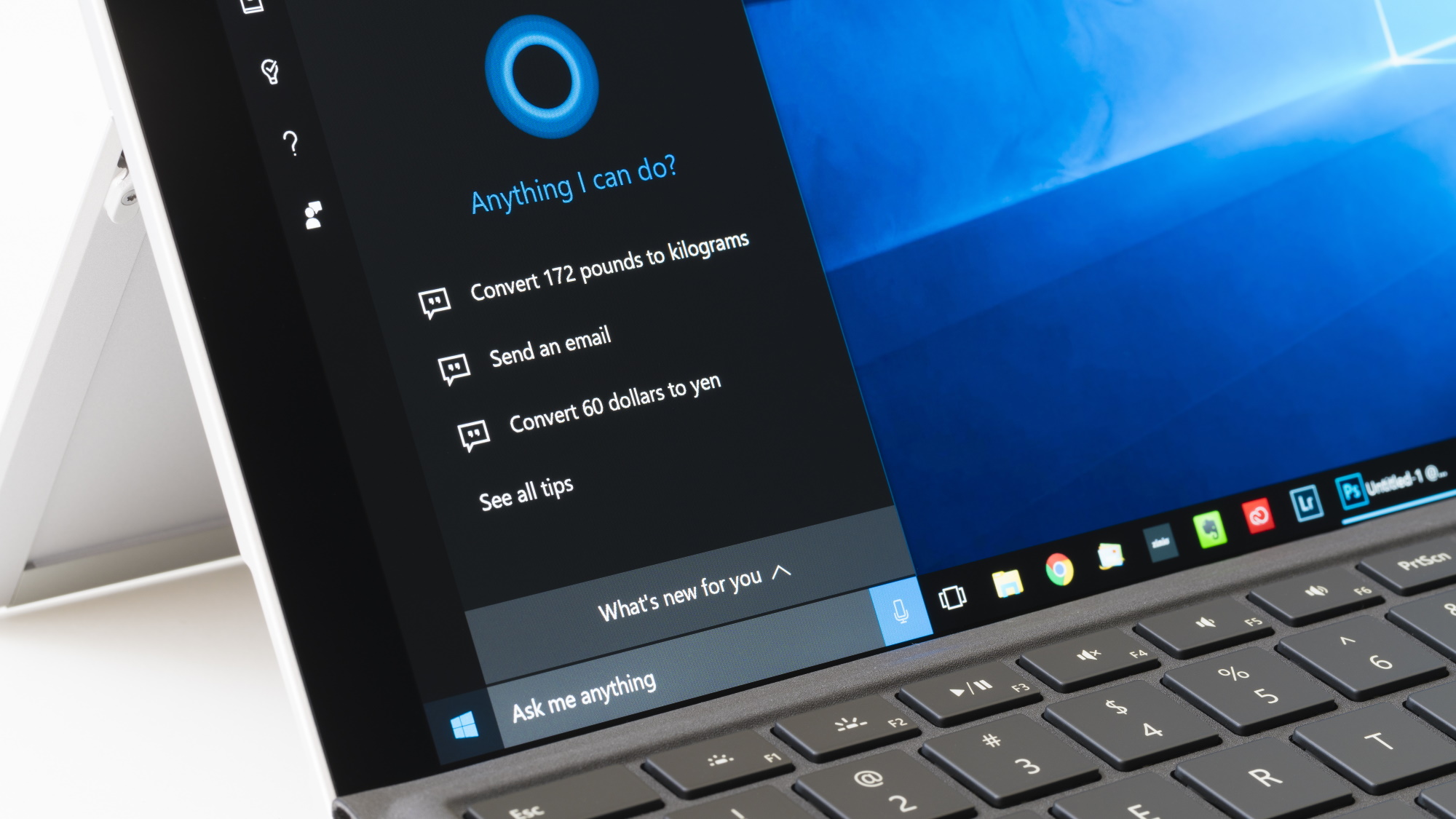Windows 7 End of Life - what your business needs to know
Microsoft is pulling Windows 7 support today - make sure you don't get caught out

Today marks the official end of Microsoft support for Windows 7, marking the end of one of the company's most widely-used software suites.
First released in 2009, Windows 7 marked a crucial step for Microsoft as it looked to recover from the awfulness of Windows Vista, and saw major steps forward in terms of power and usability to become still the fastest-selling OS of all time.
But with millions of PCs still estimated to be running the now-elderly OS, what do you need to know about updating your business from Windows 7?
When does Windows 7 support end for businesses?
Windows 7 End of Life starts on January 14, 2020 for both business and consumer users. However Microsoft actually ended mainstream support for Windows 7 on January 13, 2015, after which new features stopped being added, and warranty claims were no longer valid.
Since then, Windows 7 has been in an "extended support phase", where Microsoft has still been providing patches and updates to make sure security issues and bugs are fixed.
But this is now ending, with Microsoft encouraging users to upgrade as soon as possible.

What can my business do next after Windows 7 End of Life?
Despite Microsoft's official support ending, this doesn’t mean Windows 7 will stop working after January 14 2020 – as you’ll still be able to use Windows 7 for as long as you want.
Sign up to the TechRadar Pro newsletter to get all the top news, opinion, features and guidance your business needs to succeed!
But it does bring in a number of new issues, mainly that Windows 7 won't be patched to protect from any new viruses or security threats going forward, meaning your business could be left vulnerable to any new or emerging issues.
And as we've noted previously, if a large number of people continue to use Windows 7 after the End of Life date, that could actually prove to be a big incentive for malicious users to target viruses at Windows 7.
So, while Windows 7 will continue to work after January 14 2020, your workplace should start planning to upgrade to Windows 10, or an alternative operating system, as soon as possible.
Steps for your business to take after Windows 7 End of Life
With this in mind, if your business is still using Windows 7, probably the best option to consider is to upgrade to a newer operating system.
There are a number of options on the market today, both in terms of newer versions of Windows, or other providers, but if you want to keep it simple, the best thing is to upgrade to Windows 10.
This is the best option for a number of reasons - primarily in that both operating systems are made by Microsoft, so the upgrade process is relatively easy, especially if you are updating a large number of office or workplace devices in bulk.
Staying with Windows also means there should be less disruption for your employees, with most popular Windows 7 programs have been updated to work on Windows 10. The two operating systems also have several similarities when it comes to layout and interface, and in many cases you can keep your files on your PC.
However you need to remember that until you are upgraded to the new version, your devices will be vulnerable to threats looking to exploit any unsupported security flaws lurking in Windows 7.

Upgrading your business to Windows 10
If you want to upgrade to Windows 10, then you'll need to contact Microsoft, who can examine your current subscription level and then take the process further.
That can either be with Microsoft itself, or one of its certified partners - so if you're looking to go it alone, it might be worth getting several quotes for the process.
It's worth considering that as your software improves, your hardware will need to do so too, as Windows 10 may struggle to work well on your old Windows 7 machine.
Here are the recommended specs Microsoft suggests for Windows 10:
- Processor: 1 gigahertz (GHz) or faster processor or SoC
- RAM: 1 gigabyte (GB) for 32-bit or 2 GB for 64-bit
- Hard disk space: 16 GB for 32-bit OS 20 GB for 64-bit OS
- Graphics card: DirectX 9 or later with WDDM 1.0 driver
- Display: 800 x 600 resolution
For more on upgrading your Windows 7 machine to Windows 10, check out our comprehensive article on How to use Windows 10.
Upgrading your entire device fleet is another option, and although it will be pricey, having a new top-of-the-range model to allow your employees to get the most out of Windows 10 carries many benefits.
Several firms do offer supporting tools to help with this transition, including Dell, which provides a migration service for business customers to get their Windows 7 machines moved to Windows 10.
If your business does choose this route, be sure to back up all your files before making the switch, and ensure you have all software updates and security patches installed on the new devices.
- Check out our pick of the best laptops for business in 2020
Should I upgrade my business to Windows 8?
Despite the name (and numerical upgrade), we're not recommending that businesses upgrade from Windows 7 to Windows 8 .
Although Windows 8 is more recent than Windows 7, and still enjoys full Microsoft support, it may not be too long before that version too enters its End of Life stage.
Even though it may save money, we say your business will be much better off postponing this future stress by upgrading to the much better Windows 10.
- Read more about the benefits of Windows 10 in our full review
Windows 7 End of Life: sticking with Windows 7
For those who are really unwilling to let go of Windows 7, there is always a more extreme option - but it may cost you.
Microsoft has confirmed it will be offering Windows 7 Extended Security Updates, which will continue to deliver updates and patches for Windows 7 business users after January 2020.
However, these extended security updates will cost money on a per device basis, and it's not cheap.
For support for Windows Enterprise users using Windows 7 for the first year after the End of Life date (January 2020 – January 2021), the cost is $25 (around £20, AU$35) for each device.
This rises to $50 per device (around £40, AU$70) for year two (January 2021 – January 2022), and $100 (around £80, AU$140) for year three (January 2022 to January 2023). It appears that at the moment that Microsoft is hoping by 2023, Windows 7 use will be small enough to stop offering the extended security updates.
As this is a per device cost, businesses with numerous PCs running Windows 7 will soon find this very expensive.
If they are using Windows 7 Pro, then those prices are even higher, with $50 (around £40, AU$70) for year one support, $100 (around £80, AU$140) for year two and $200 (around £150, AU$280) for year three.
Windows 7 End of Life: switch to Mac
If your business is ready to move on from Microsoft's software, then Windows 7 End of Life could be the ideal opportunity to switch to Mac.
Today, many common business programs for Windows are also available for Mac, including G Suite and Office 365, although you may need to purchase new licences, or such for an alternative if not available.
Macs also offer a thorough security suite to help protect from cyberattacks, although the old myths that Apple devices don't get viruses is sadly not true.
The downside of moving to Apple is that it's the most expensive option. Apple’s products are notoriously expensive, so expect to pay a lot if you make the switch.
Apple currently offers MacBooks for business starting at $1,099/£1,099, and iMacs starting from $1,049/£1,049.
However, Mac computers tend to age better than Windows PCs, so while you may spend a lot now, your new Mac should last you a long time.

Mike Moore is Deputy Editor at TechRadar Pro. He has worked as a B2B and B2C tech journalist for nearly a decade, including at one of the UK's leading national newspapers and fellow Future title ITProPortal, and when he's not keeping track of all the latest enterprise and workplace trends, can most likely be found watching, following or taking part in some kind of sport.